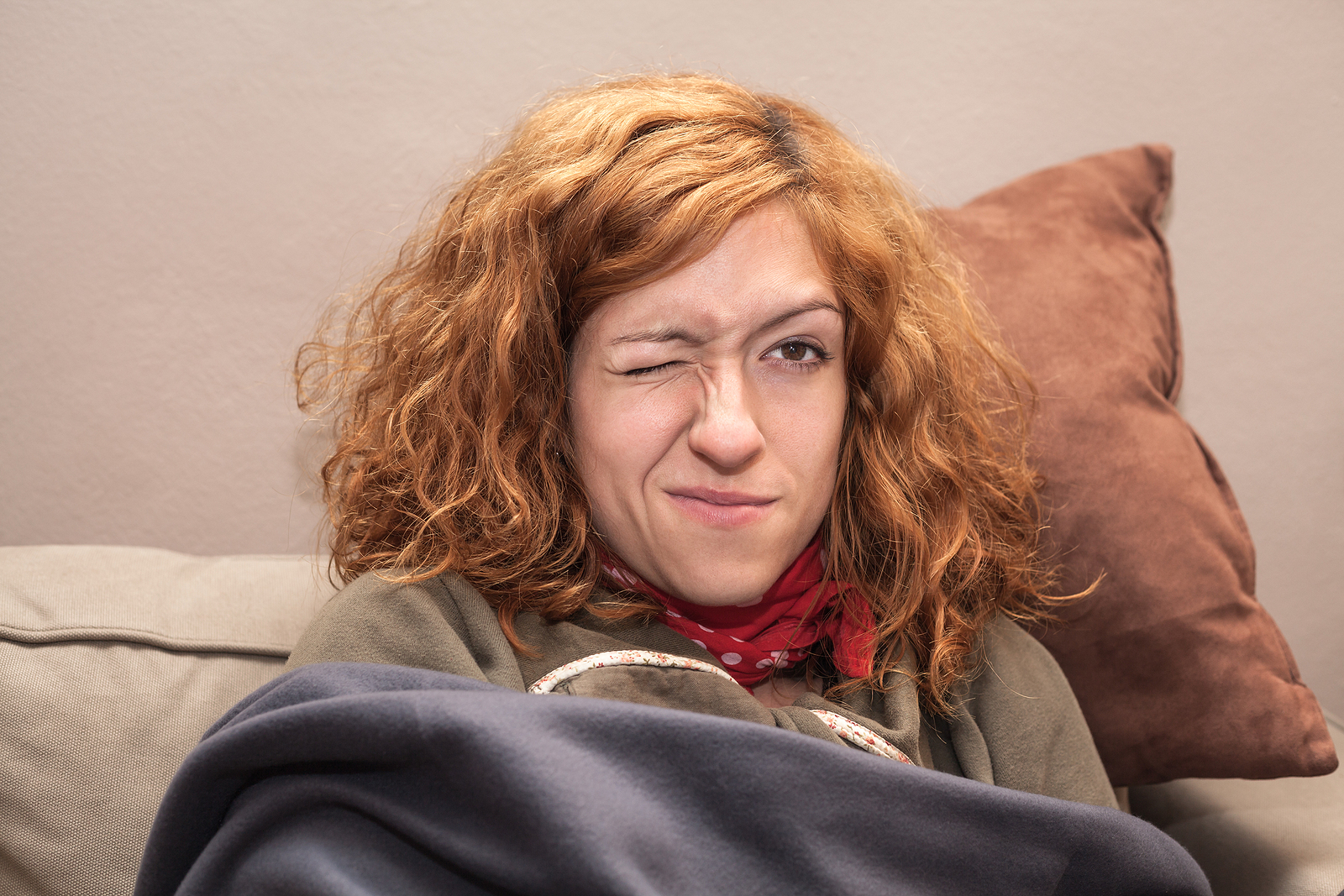- News ›
- Facial Myokymia: Causes, Symptoms & Treatment Options
Facial Myokymia: Causes, Symptoms & Treatment Options

If you have an issue with involuntary facial muscular twitches, there are several different possible causes. One of these is facial myokymia. The condition can be very troubling, but it is also treatable.
Although the term myokymia can apply to several different conditions, all of which involve facial contractions, the most common form of it involves eyelid twitching, due to the overstimulation of your facial nerve, which is one of 12 cranial nerves.
The twitching is slow and uncontrollable and manifests itself in wavelike contractions. It is usually harmless and is a common issue that can affect almost anyone on occasion, although if it is persistent, it can be a far greater concern. Sometimes, though rarely, it can be a sign of another, more serious problem, such as a brain tumour.
However, for some people, these are not the causes, which can be distressing because it means there is no easy fix based on consumption or sleep patterns. Instead, there is a nerve problem that requires treatment to fix.
Other causes can include medication, but also conditions such as multiple sclerosis (MS), brain tumours, as well as nerve and brain injuries. Some of these can be aided by radiotherapy.
If you have any of these conditions and actions, such as sleeping more and drinking less caffeine, don’t provide a solution; you may require further medical examination and tests to establish what is causing the problem. On the other hand, you may already have some idea, especially if you have been diagnosed with a condition such as MS.
Should a problem connected with the nerves or brain be diagnosed, treatment options can then be explored. This includes using radiotherapy to target the root causes.
Another option is to undergo surgery known as a myectomy, which involves removing nerves and muscles from the eyelid, but this is seldom used.
In other instances, a facial nerve issue can be dealt with by using radiotherapy. This can be useful if the condition is causing significant pain, but comes with the downside that there may be a loss of sensation in the face as a result of the nerve being severed.
Tumours may be benign or cancerous. By nature, benign tumours tend to grow slowly, so they may have been present for a long time without causing any problems. Although that means it may only get worse slowly, any growing tumour has the increasing potential to place extra pressure on the brain or particular nerves.
By shrinking the tumour with radiotherapy, any pressure on your nerves that can cause problems such as myokymia will be eased. Alternatively, surgery may be performed to remove part or all of the tumour with the same result, or a combination of surgery and radiotherapy can be used..
Without the pressure on the nerves that can cause conditions like myokymia, you will find that a great deal of discomfort and irritation can be prevented.
Learn more about our advanced radiotherapy and neurosurgical treatments for myokymia on the Queen Square website.
Although the term myokymia can apply to several different conditions, all of which involve facial contractions, the most common form of it involves eyelid twitching, due to the overstimulation of your facial nerve, which is one of 12 cranial nerves.
The twitching is slow and uncontrollable and manifests itself in wavelike contractions. It is usually harmless and is a common issue that can affect almost anyone on occasion, although if it is persistent, it can be a far greater concern. Sometimes, though rarely, it can be a sign of another, more serious problem, such as a brain tumour.
Causes Of Myokymia
Often, the cause is down to factors such as lifestyle and consumption, which is why it can affect many people. Causal factors can include a lack of sleep and overexertion, stress, excessive intake of nicotine and/or caffeine, as well as having dry eyes. As these factors are often related, the cause for many is overdoing things and burning the candle at both ends.However, for some people, these are not the causes, which can be distressing because it means there is no easy fix based on consumption or sleep patterns. Instead, there is a nerve problem that requires treatment to fix.
Other causes can include medication, but also conditions such as multiple sclerosis (MS), brain tumours, as well as nerve and brain injuries. Some of these can be aided by radiotherapy.
Complications of Myokymia
In addition, facial myokymia can lead to several specific facial conditions. Examples of this include:- Blepharospasm - this also includes involuntary eye movements, but this involves fast blinking and twitching. This can also include twitching in other parts of the face.
- Hemifacial spasms - this is where only one side of the face is affected by twitching. These are commonly caused by blood vessels pressing on nerves, but tumours can also be a cause and in some instances, no reason for it can be diagnosed.
- Meige Syndrome - a rare condition characterised by involuntary muscle contractions in the face and neck.
If you have any of these conditions and actions, such as sleeping more and drinking less caffeine, don’t provide a solution; you may require further medical examination and tests to establish what is causing the problem. On the other hand, you may already have some idea, especially if you have been diagnosed with a condition such as MS.
Should a problem connected with the nerves or brain be diagnosed, treatment options can then be explored. This includes using radiotherapy to target the root causes.
Treatment Options
For instance, in the case of blepharospasm, a common approach is the use of Botox in the eyelids, which makes them more rigid and less prone to spasms or twitching. Like the use of Botox to remove wrinkles in cosmetic treatments, this will wear off over time as your body absorbs the material, so the procedure will need to be repeated every few months.Another option is to undergo surgery known as a myectomy, which involves removing nerves and muscles from the eyelid, but this is seldom used.
In other instances, a facial nerve issue can be dealt with by using radiotherapy. This can be useful if the condition is causing significant pain, but comes with the downside that there may be a loss of sensation in the face as a result of the nerve being severed.
Brain tumour-related myokymia
Brain tumour-related myokymia may be a more obvious candidate for radiotherapy, potentially including Gamma Knife if very precise stereotactic radiosurgery is required to shrink the tumour without causing further damage.Tumours may be benign or cancerous. By nature, benign tumours tend to grow slowly, so they may have been present for a long time without causing any problems. Although that means it may only get worse slowly, any growing tumour has the increasing potential to place extra pressure on the brain or particular nerves.
By shrinking the tumour with radiotherapy, any pressure on your nerves that can cause problems such as myokymia will be eased. Alternatively, surgery may be performed to remove part or all of the tumour with the same result, or a combination of surgery and radiotherapy can be used..
Without the pressure on the nerves that can cause conditions like myokymia, you will find that a great deal of discomfort and irritation can be prevented.
Learn more about our advanced radiotherapy and neurosurgical treatments for myokymia on the Queen Square website.

